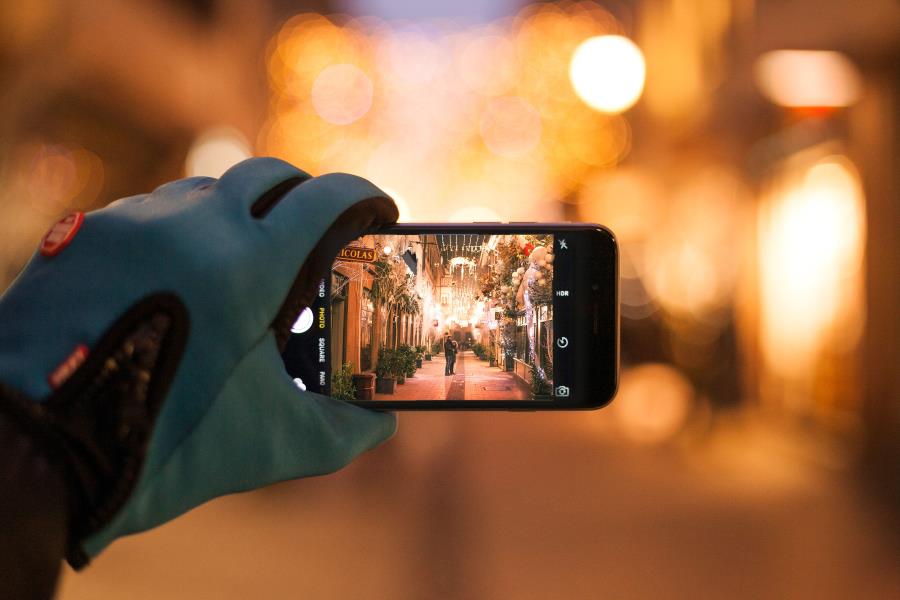4 Important Guidelines To Follow When Uploading Images To Your Website

When the internet first came about, websites could only be made of text and hyperlinks. Now though, it is difficult to find a website that doesn't include at least a single image. They're used for page decoration, thumbnails, to show product examples, buttons and much more. With so many uses, it's not hard to fill a page with big, beautiful imagery. However, if you're planning on adding images to your website there are a few guidelines that you need to follow.
Let's take a look...
1. Add Alt-Text To Your Images
Alt-text refers to images alternate text. This text is linked to an image on the back end of a website. This alt-text should be a short and basic description of the image. It is not a caption so it will not be displayed on the webpage but instead be visible in the Meta information. Not many website visitors will look at your websites Meta information but the reason you need to add this alt-text is that it will both increase your SEO and make your website accessible.
It helps your SEO as Google will penalise a website that fails to add alt-text. It does this as Google's main aim is to be user-friendly, so websites that are accessible help portray this aim. That's why accessible websites will rank higher on Google.
Accessible websites refer to a website that has made an effort to allow disabled or less fortunate visitors view the website with ease. Alt-text benefits this as users with bad internet connections won't be able to load images so the alt-text allows them to know what the image is displaying. It is also particularly important to users with visual impairment that rely on screen readers to surf the web. These readers can read the alt-text but not describe an image.
2. Full-Width Images Should Be 1,280px Wide
Full-width images have a lot of utility on a website. They can be used as banner images for your header, images in a slider gallery, backgrounds for a webpage or webpage segment and more. 1,280pxs will be wide enough to fill the screen of 93% of users. Depending on your target demographic, you might want to use a wider image to sustain the use of wider screens. This could apply to designers, gamers, video editors and many others.
3. File Sizes Should Stay Below 2mb
This not only applies to images but to any file you upload to your website. The larger a file is, the more of a 'slowing' effect it will have on your website. Statistically, a website visitor will wait no more than 3 seconds for your website to load before giving up and looking for another, faster, website. This becomes 5 seconds on mobile devices. Google even uses load times to decide your website ranking. With this in mind, you should make sure that you aren't overloading your website with tons of huge image files.
Try to keep your images below 70kb when you can. This can be increased to a maximum of 2mb for particularly large images but it's very rare that you would need an image that large on a brochure or e-commerce website.
To reduce an images file size you can reduce the width and height of the image and reduce the resolution to 72. This change is easy to achieve on software such as Photoshop or paint.net as a great free alternative. Failing that there are many useful free online website that you can use.
4. Avoid Using GIF Files
When it comes to the file type of your images the decision should really only be between .jpg and .png. There really is no good reason to be using .gif files on your business website. JPEG files are often small in size, have vivid colour options and are incredibly easy to work with. PNG files have more editing options (such as clear backgrounds), don't degrade in quality with each re-save and support more colours than GIFs. The risk when using PNGs is that they tend to be much larger than JPEGs. An image of the same quality could be x3s as large.
When choosing a file type for your website, a JPEG is a good option with PNGs being used when there's the need for a clear background.
Please feel free to discuss your thoughts on website images in the comments below. Do you agree with these guidelines or do you think images can be used in other ways?
Website Design By The JDR Group
If your website is out of date or you need a fresh, optimised website, the JDR Group can help. We have a wealth of experience and digital marketing knowledge that allows us to produce many high-quality, well optimised, lead gathering websites for businesses up and down the UK. You can contact us via our website or call us on 01332 343281.


